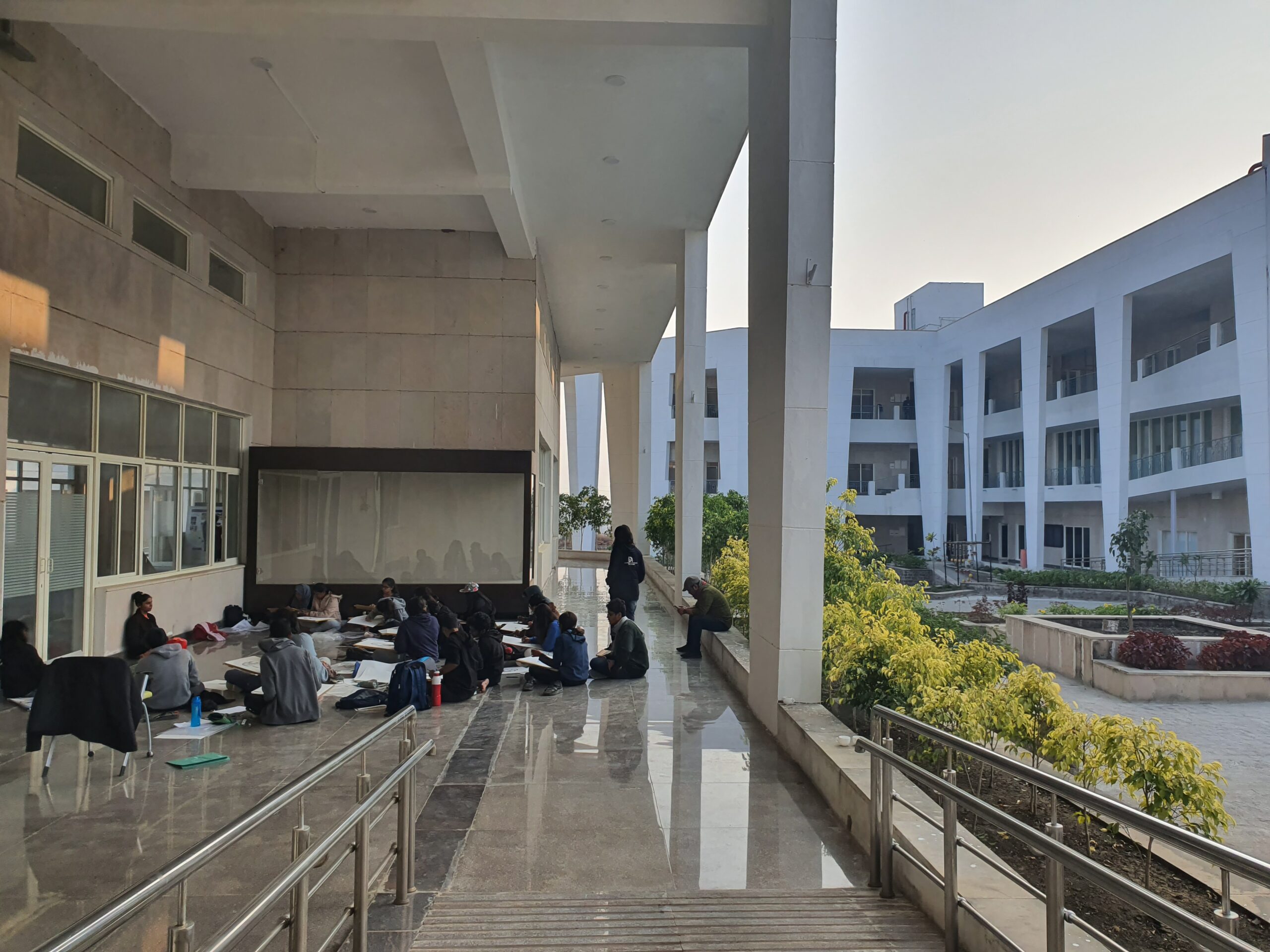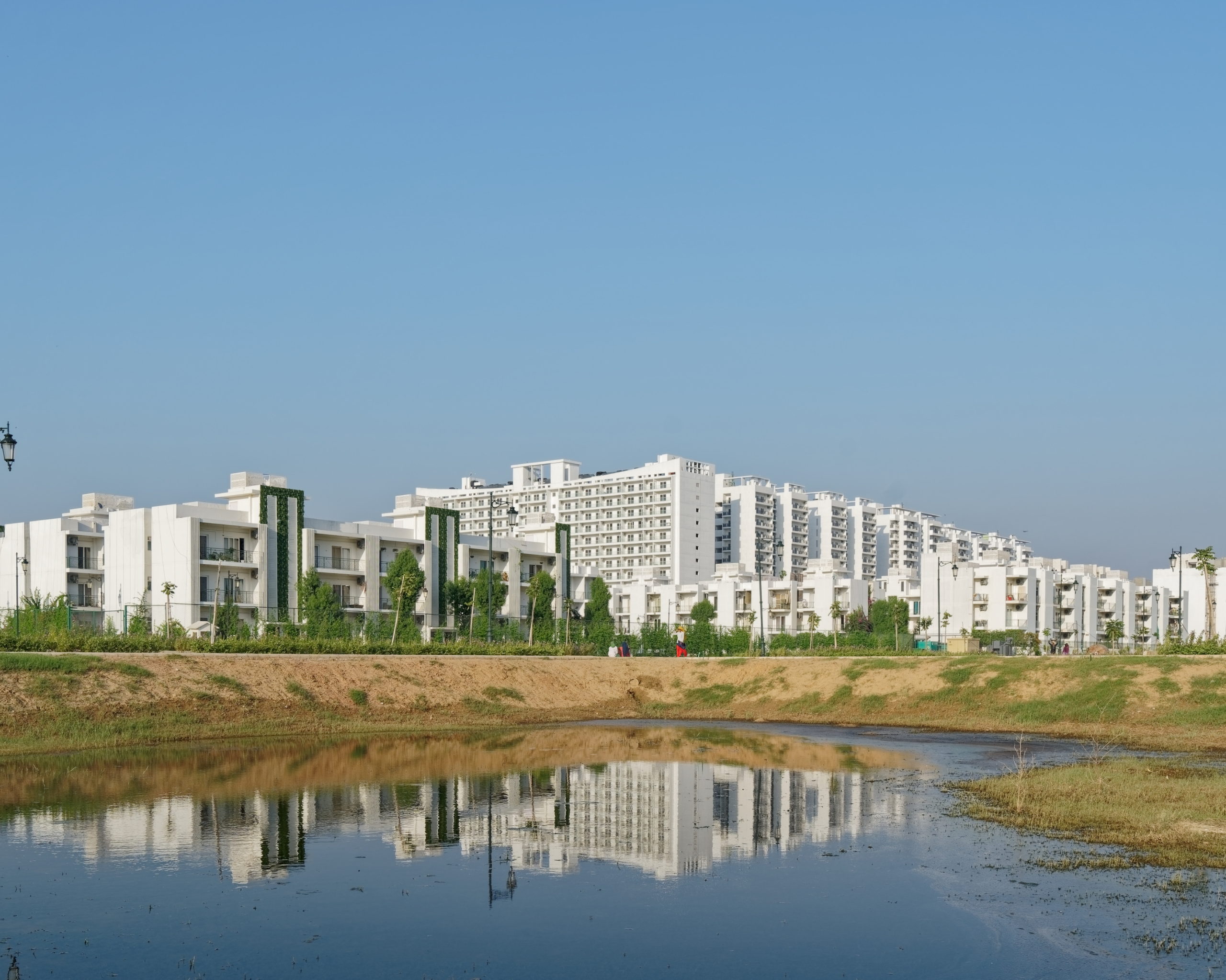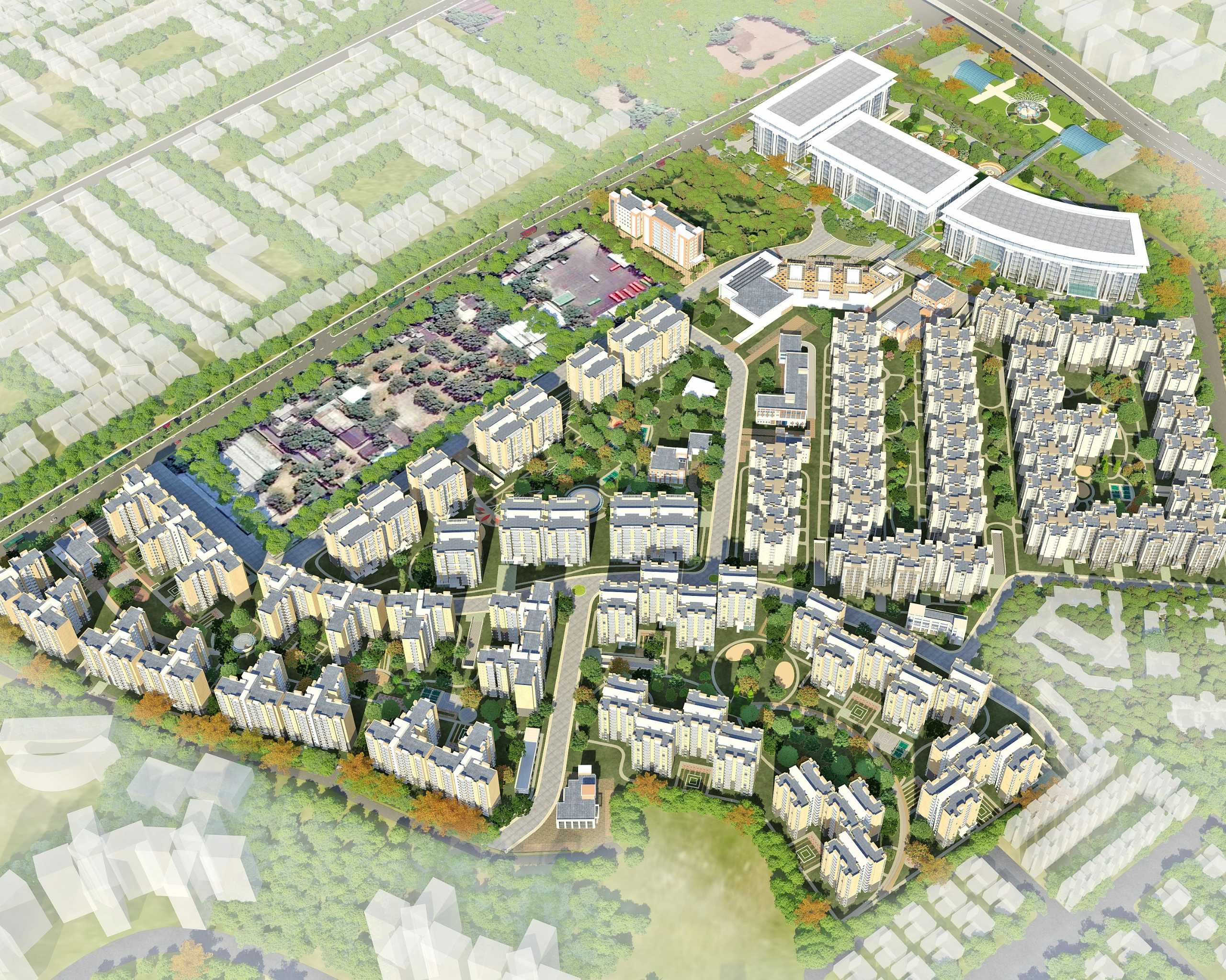Institutional designs shaping minds for better learning

Design has the potential to foster the development of critical thinking, promote autonomy and responsibility, and play a role in shaping future citizens. Despite the fact that the educational system and its physical manifestation have remained relatively unchanged for the past century, there is a gradual transition towards nurturing critical thinking with innovative architectural exploration. With a new-found focus on inclusivity and holistic wellness through well-designed spaces, Indian institutional architecture is evolving towards fostering learning and productivity.
Design Interventions that encourage learning
Spaces designed to foster networking and collaboration promote an exchange of ideas and inspire users. This can be achieved through open floor plans, common spaces for socialisation, flexible and adaptable designs and seamless circulation. Another crucial design intervention in learning spaces is natural light and ventilation, focusing on holistic wellness that encourages learning and productivity. Proper acoustic planning is also essential to create spaces that support focused learning. This includes considerations for soundproofing, minimising noise disruptions, and creating spaces conducive to concentration.
Schools and institutions generally require users to stay in classrooms for long hours. Transforming dark and boring classrooms into open, well-lit spaces integrated with visual or physical greenery can increase user engagement and attention span. Integrating outdoor spaces into the design encourages learning beyond the traditional classroom setting. Gardens, outdoor seating, and recreational areas can provide alternative learning environments and contribute to a holistic educational experience.
Integration of Innovative Technology
Implementing modern technology and interactive learning tools within the architecture helps create dynamic and engaging educational experiences. This includes smart boards, multimedia displays, and other interactive elements. While integration of technology in institutions across India has traditionally been slow, the tables have turned since the pandemic hit in 2020. Technology plays a crucial role in the 21st-century student’s life, providing opportunities, encouraging critical thinking and curiosity and enhancing research and development. Integrating technological innovations and leaving room for technological advancements and upgrades has become crucial when designing institutes and schools today.
Breaking the traditional classroom stereotypes
For generations, the anatomy of a classroom has been set in stone. Breaking these patterns, learning spaces today are seeing a trend of de-centralisation, adopting a more collaborative and inclusive arrangement. Desk functionality and overall layout can affect users’ creativity, networking and engagement levels, promoting teamwork and focused learning while also opening up better teaching opportunities. Ensuring that the design is inclusive, culturally sensitive and accessible to all individuals, including those with disabilities, promotes a sense of belonging and provides equal opportunities for learning.
The impact of architecture and well-designed spaces on the user experience compels designers to integrate analysis, research and subsequent design interventions to create a functional and dynamic infrastructure. These interventions intensify when it comes to learning spaces since holistic wellness, encouraged learning, fostering socialisation and exchange of ideas can highly impact the lives of students in the long run.




